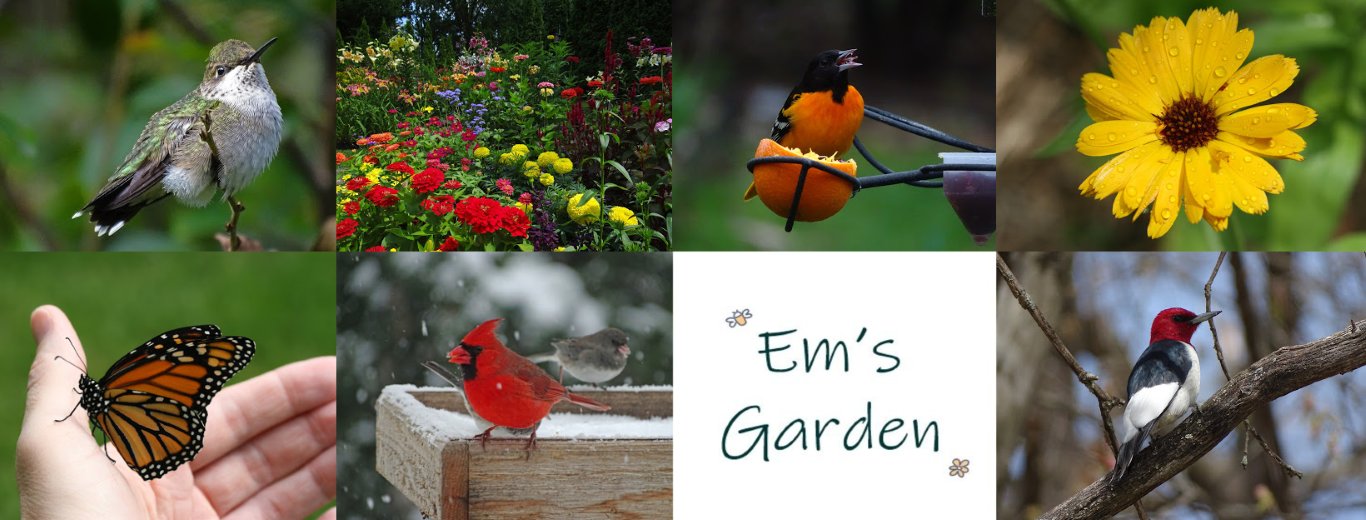I was trying to keep up with the weeds in my flowerbeds the other day when my neighbor called me over. She asked excitedly if I’d noticed how many more fireflies were floating around our yards at dusk this summer.
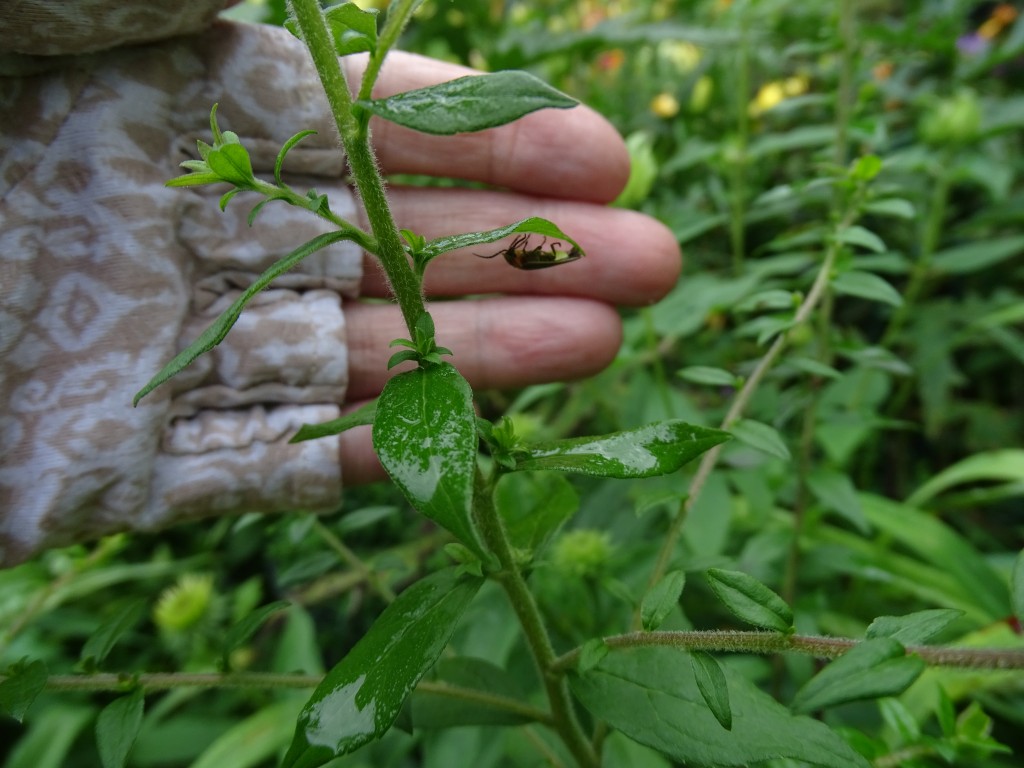
Firefly numbers are dwindling for many reasons including habitat loss, increased pesticide use, and light pollution at night. All those city and neighborhood lights make it difficult for male fireflies to successfully flash their specific patterns and attract a female.
The weather conditions were great for fireflies this year. They like moist conditions and we received measurable rain just about every other day in June and July. But my neighbor and I would also like to think we’ve played a part in helping the fireflies. How?
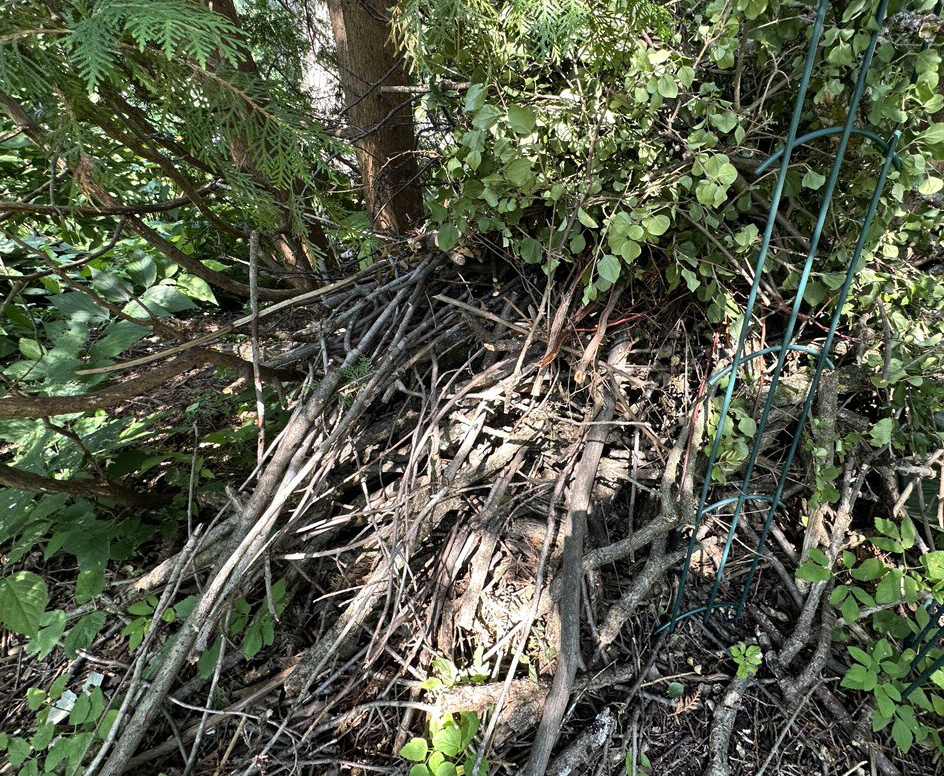
We both started wood and leaf piles in our backyards
Fireflies prefer moist, undisturbed soil which is what woodpile sits on top of. Their larvae like leaf litter and decaying wood. Those larvae live in soil and leaf litter for 1 to 2 years eating slugs and invertebrates.
I started my first woodpile last summer when our city drastically cut the number of brush pick-ups they offered during the summer and fall months. It’s nestled between some arborvitae trunks and a trellis to keep it somewhat tamed so I can build the pile higher.
That woodpile has been a hit. During the winter months I set my heated birdbath nearby, and birds like Dark-eyed Juncos and White-throated Sparrows used it for cover from predators and also the snow and ice. One morning while filling the birdbath this summer I watched a firefly zoom past and land on the woodpile.
My neighbor started her woodpile this spring which grew quickly when one of her diseased oak trees had to be taken down. I started a second woodpile this spring. It sits in the corner of our backyard where all the neighbors store their ugly compost bins.
And both of us have started keeping leaf piles around. My neighbor made hers last fall as a comfortable place for an injured turkey to roost at night until the bird was healthy enough to join her flock. The back of my yard is lined with arborvitaes. Rather than put my leaves out for the city to take away last fall, I just piled them up under those shrubs instead. As a bonus, those decaying leaves discouraged the bishop’s weed that is always trying to take over that area.

We are growing more native plants
My neighbor has turned her entire front and backyards into a native plant wonderland over the last 3 years (plants, shrubs and even trees). She even started native plants indoors from seed over the last 2 winters.
I still crave my colorful annuals and perennials, but I created a special pollinator garden this summer which features mostly native plants. I have also been tucking numerous native plants into my annual and perennials beds so I can enjoy both color and the satisfaction of helping pollinators, fireflies, and other beneficial insects, butterflies and birds.
We don’t use herbicides or pesticides
I never used that many herbicides or pesticides to begin with (mostly the occasional application of Sevin dust), but last summer I tried to give up entirely. Unfortunately in mid-summer I cheated and used an organic-approved spray on a few plants to try to keep the lily leaf beetles at bay.
And for the last 15 years after I’ve planted my homegrown annuals in late spring, I always sprinkled slug bait around some of the plants that slugs and earwigs like to decimate before they can get a good head start (like marigolds!). This year I skipped the slug bait. Thankfully even with all the wet weather the earwigs and slugs didn’t bother my baby plants.
And we stopped using weed and feed on our lawn two years ago. Yes, we have more weeds in our lawn, but the adult and baby bunnies are so busy eating the clover and other weeds that they’ve left my garden plants alone. And I like knowing we aren’t killing any firefly larvae or adults that may be in the lawn.
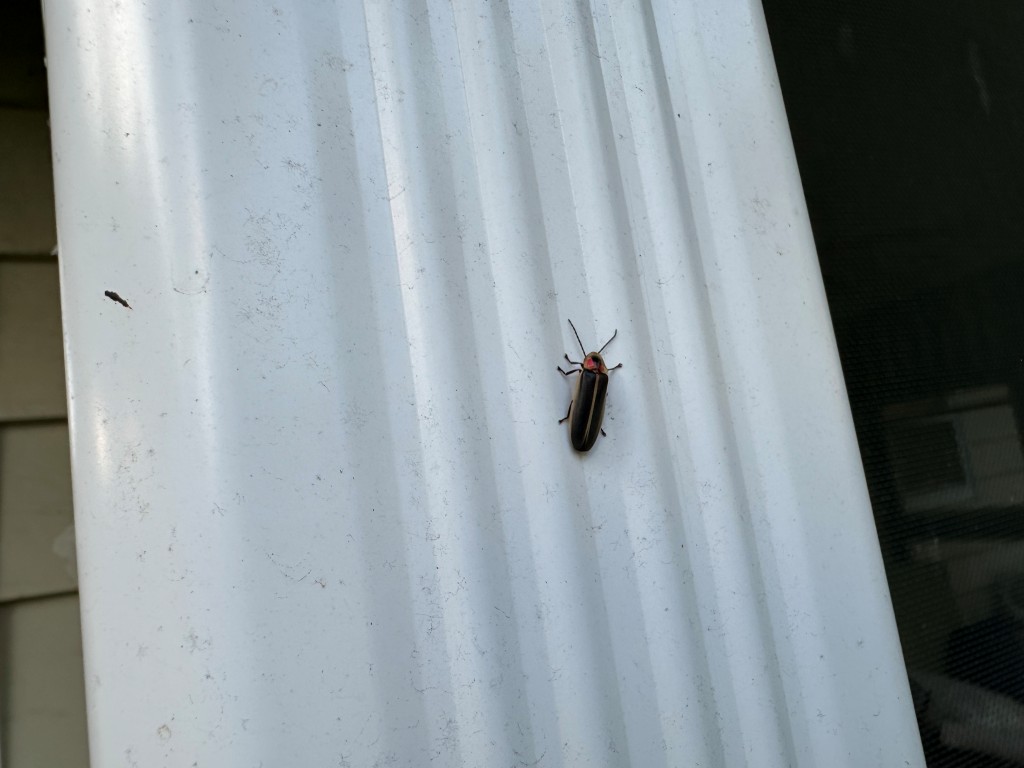
We keep outdoor lights off at night
My neighbor has a recirculating fountain in her backyard with lights around it that used to come on at dusk. This summer she kept them off at night. We turned off our motion sensor lights in the backyard during June and July so the fireflies would be guaranteed darkness as they tried to attract mates.
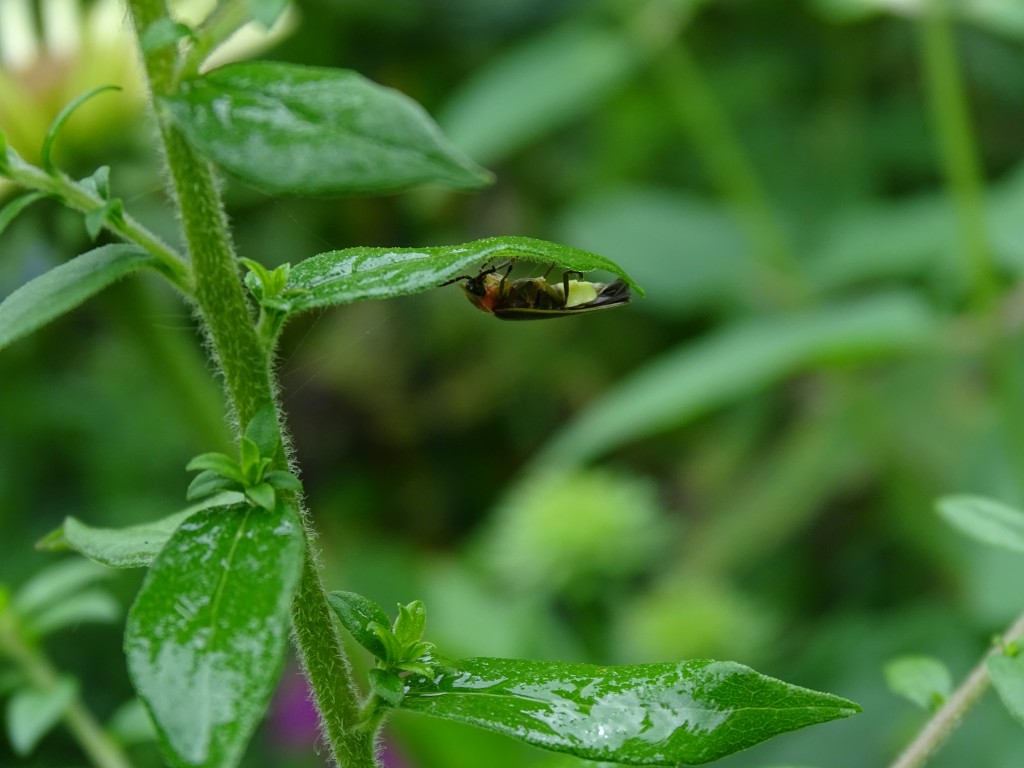
Firefly-watching season is coming to a close, but I spent many late evenings this summer watching their impressive little light displays in our backyard.
Hopefully that show will be even more impressive next summer!
